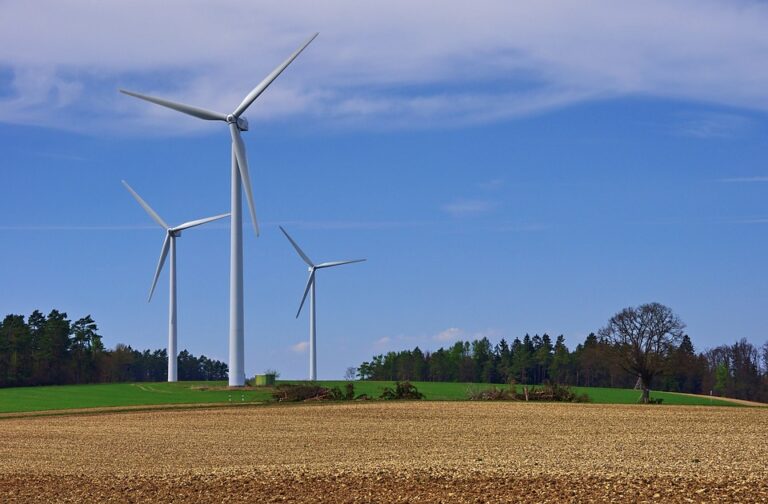
In recent years, there has been a revolution in the world of diapering. Gone are the days of disposable diapers being the only option for modern parents. The cloth diapering revolution has taken hold, offering a sustainable and affordable choice for today’s eco-conscious parents.
Cloth diapers have come a long way since the old-fashioned safety pins and plastic pants. Today, they are designed with convenience, durability, and style in mind. Modern cloth diapers are made from soft and breathable fabrics such as cotton, bamboo, and hemp, offering a comfortable and gentle alternative to their disposable counterparts.
One of the biggest advantages of cloth diapering is its positive impact on the environment. According to the Environmental Protection Agency, disposable diapers are the third-largest consumer item in landfills, taking up to 500 years to decompose. In contrast, cloth diapers can be reused numerous times before they reach the end of their lifespan. This significantly reduces the amount of waste going into landfills and helps to conserve our planet’s resources.
Additionally, the production and disposal of disposable diapers contribute to air and water pollution. The manufacturing process of disposable diapers involves the use of harmful chemicals and creates large amounts of greenhouse gas emissions. On the other hand, cloth diapers are a more eco-friendly choice as their production has a lower carbon footprint and minimal chemical usage.
One misconception about cloth diapering is that it is time-consuming and inconvenient. However, with the advancement of modern cloth diapering systems, this assumption could not be further from the truth. There are now various types of cloth diapers available, including all-in-one, pocket, and hybrid systems. These diapers are designed to be as easy to use as disposables, with built-in snaps or hook and loop closures that make diaper changes quick and hassle-free.
Not only are cloth diapers easy to use, but they are also cost-effective. While cloth diapers require an initial investment, the long-term savings are substantial. On average, parents can save up to $1,500 to $2,000 per child by opting for cloth diapers over disposables. Additionally, cloth diapers can be reused for subsequent children, providing even more significant savings for growing families.
Aside from financial benefits, cloth diapers have proven to be gentler on babies’ delicate skin. Disposable diapers often contain chemicals, fragrances, and dyes, which can lead to irritations and allergies. Cloth diapers, made from natural fibers, allow the baby’s skin to breathe, reducing the chances of rashes and discomfort.
Furthermore, cloth diapering empowers parents to make greener choices in other areas of their lives. It introduces them to the concept of reducing waste and living a more sustainable lifestyle. This conscious mindset can extend beyond diapering, leading to choices such as reusable wipes, organic clothing, and eco-friendly household products.
In conclusion, the cloth diapering revolution offers parents a sustainable and affordable choice in raising their children. By choosing cloth diapers, parents contribute to a greener future, significantly reduce waste, and provide their little ones with a comfortable and chemical-free diapering experience. The cloth diapering movement not only benefits families but also creates a positive impact on the environment, making it a win-win for everyone involved.
Younger Glowing Skin - Discover Ancient Ayurvedic Secrets at DoctorIndiaHerbals.com
Explore One of the Largest Collections of Dinosaur-Themed Toys, Games, Gifts, Decor, and More at DinoAvenue.com
Discover Premium Design Elevator Shoes for Men and Women at LondonCobblers.com
Discover Hidden Family Destinations for Vacations at Places.Travelz.io
Find the Best Deals on Airfare and Hotels with Advanced Metasearch Technology at www.Travelz.io
30% off on Kids items
STEM science experiments for Kids
Premium Science Toys and experiments